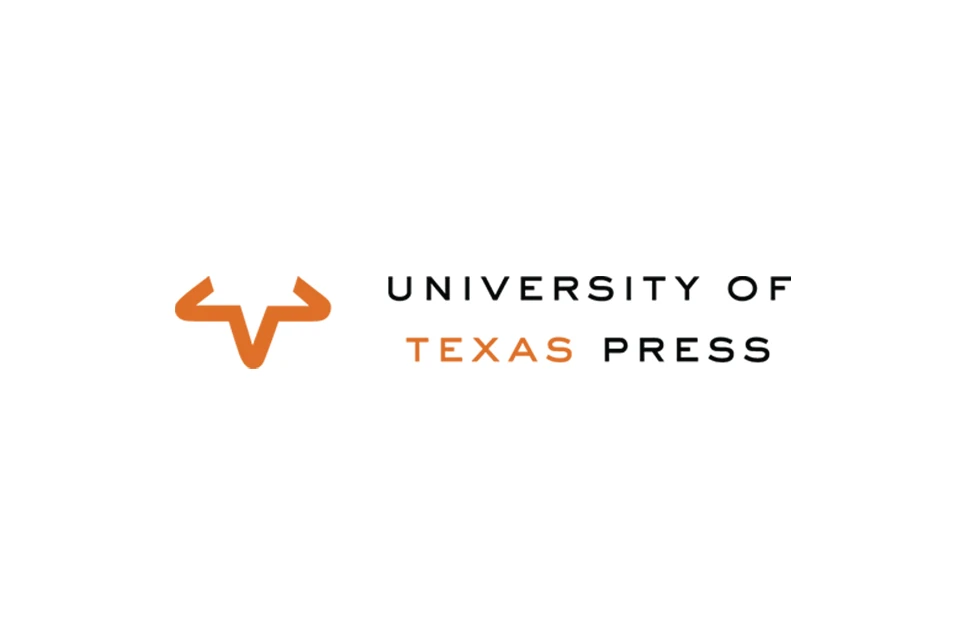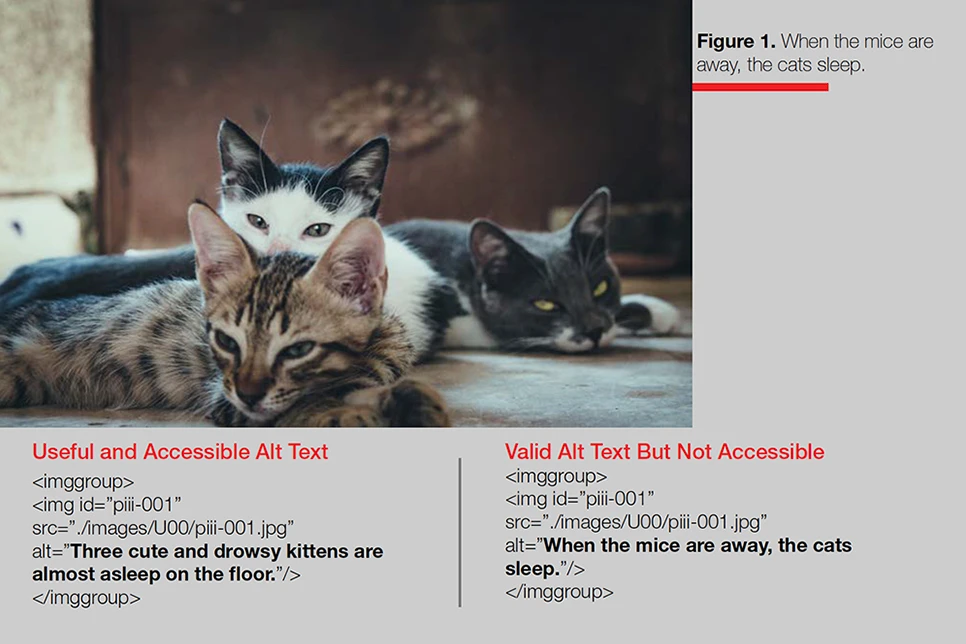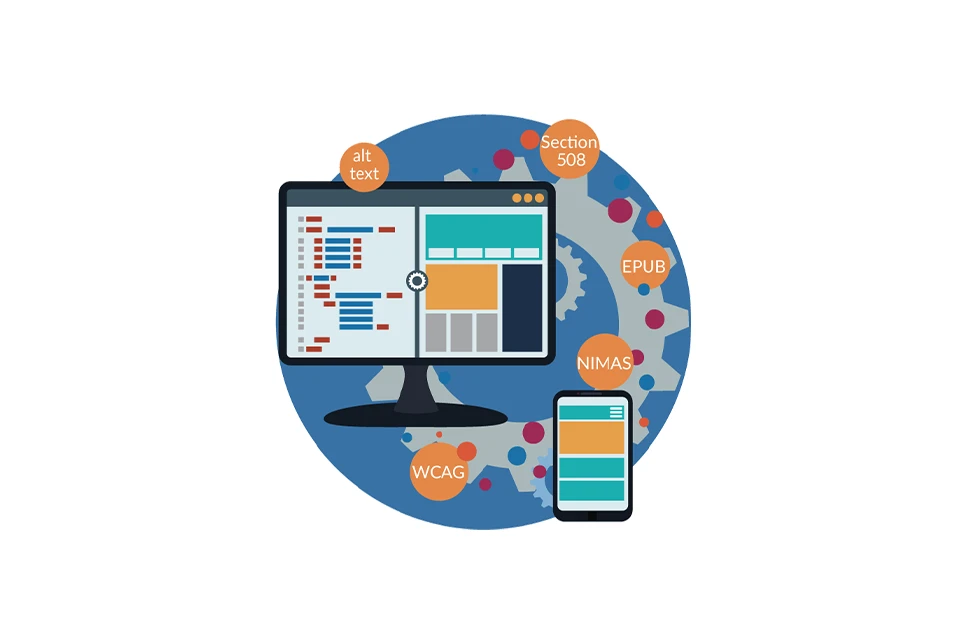
In an article we published on this blog back in 2017, we highlighted some of the challenges, complexities and benefits associated with making digital educational content (K-12 and Higher Ed) more accessible for visually and cognitively impaired readers.

The University of Texas Press is a book and journal publisher of international scope, issuing works in a wide range of fields. The scholarly publisher remains committed to its beliefs that books matter; books educate; and publishing good books is a public responsibility and a valuable component of higher education.

In October, the United States Supreme Court handed down an order stating that it would not take up a plea from Domino’s pizza chain to reverse a decision in the U.S. 9th Circuit Court of Appeals stating that the company must make its website accessible to people with disabilities.

Accessibility is an approach to publishing and design that makes content available to all, including those with disabilities who use assistive technologies on the computer. The aim of accessible publishing is to make reading easier for users who have difficulties or disabilities including the blind, partially sighted, and people with learning disabilities.

The topic of accessibility is a priority for all types of publishers in 2018 and we project it's the year the majority will invest in making content accessible for all readers. Cenveo Publisher Services recently hosted a webinar on accessibility: "Digital Equality - The Importance of Accessibility in Your Publishing Strategy." If you did not catch the live webinar, you can stream it here. We received so many great questions during the webinar. However, we ran out of time before we could answer every one!

The terms “access” and “scholarly journals” are often linked to Open Access publishing. Less often discussed—but still very important—are issues and challenges of making journal content accessible to the visually, cognitively, or otherwise impaired.







